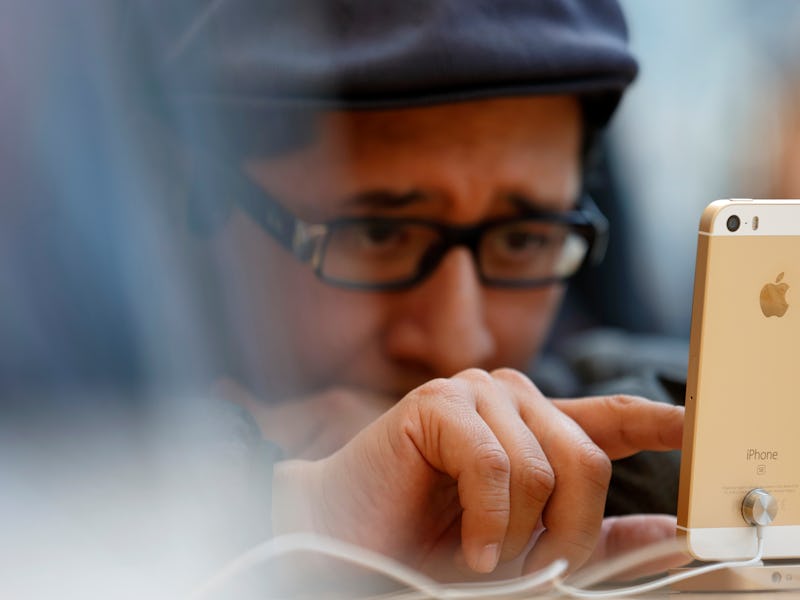Apple Reveals Why Your iPhone Feels Slower After a Few Years
The company confirmed it was making some changes.

It’s not just you. Your iPhone is getting slow in its old age. But while many have pointed to conspiracy theories that Apple maliciously slows down old phones ahead of a big launch, the company claims that the true reason why it slows down phones is to avoid random switch-offs that previously plagued its customers.
The furor started when a Reddit user called TeckFire found that GeekBench processor test scores seemed to slow down with older phones. GeekBench developer John Poole confirmed that there had been a slowdown in scores over time.
The answer, given by Apple to TechCrunch, is that these phones are smoothing out processing power peaks to avoid random shutdowns:
Our goal is to deliver the best experience for customers, which includes overall performance and prolonging the life of their devices. Lithium-ion batteries become less capable of supplying peak current demands when in cold conditions, have a low battery charge or as they age over time, which can result in the device unexpectedly shutting down to protect its electronic components.
Last year we released a feature for iPhone 6, iPhone 6s and iPhone SE to smooth out the instantaneous peaks only when needed to prevent the device from unexpectedly shutting down during these conditions. We’ve now extended that feature to iPhone 7 with iOS 11.2, and plan to add support for other products in the future.
Apple, like any other smartphone manufacturer, has a tough task when it comes to old batteries. It can leave the phone as-is, with the device shutting down when things get too tough. It can smooth out these peaks and slow the phone down in processor-intensive situations, avoiding the phone randomly switching off. It can also demand users upgrade their battery at an earlier stage than currently, which could lead to angry consumers asking why Apple is making them fork out cash for an otherwise-working device.
Unfortunately, in terms of public image, Apple’s decision to quietly choose option two may have done more bad than good, as web and iPhone software developer Marco Arment and The Verge senior editor Dan Seifert noted.
At least now we know.